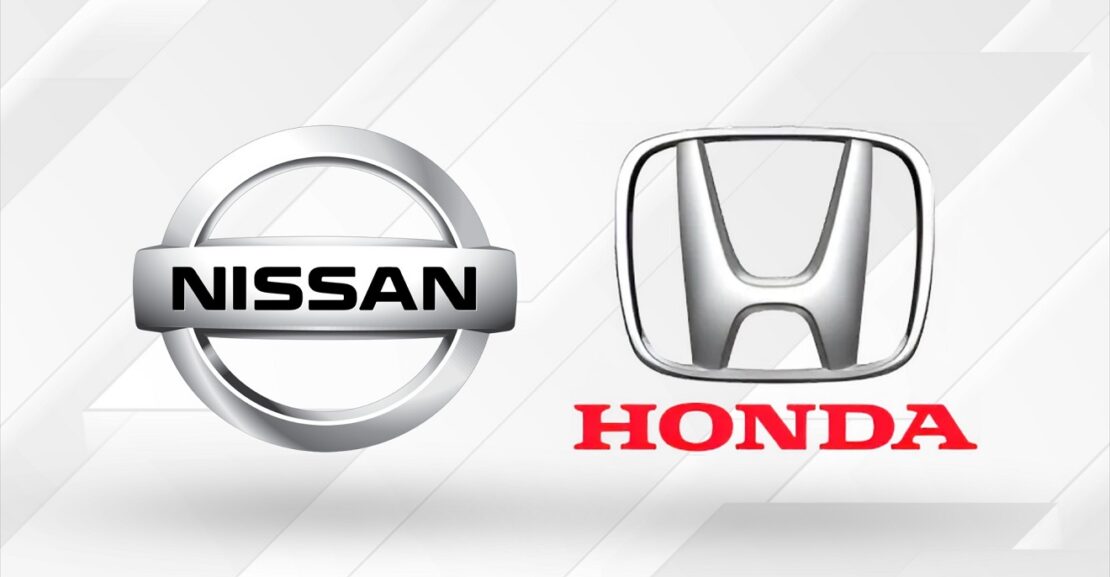In the ever-evolving landscape of the global automotive industry, mergers and partnerships often define the future of major players. One of the most intriguing “what if” scenarios in recent years was the potential merger between Honda and Nissan—two of Japan’s automotive giants. While the idea held the promise of creating a powerhouse capable of rivaling global leaders like Toyota and Volkswagen, the merger ultimately never materialized.
So, what went wrong? And what could this partnership have meant for the future of the automotive world?
The Vision Behind the Merger
The concept of a merger between Honda and Nissan wasn’t without logic. Both companies, renowned for their engineering innovation and global market reach, faced increasing pressure from international competitors and the shift toward electrification, autonomous driving, and sustainable mobility.
A combined entity would have created an automotive juggernaut—blending Honda’s renowned reliability and hybrid technology with Nissan’s electric vehicle expertise and global manufacturing scale. Together, they could have challenged global giants, reduced operational costs, and accelerated their technological advancement in a competitive market.
Why the Deal Fell Through
Despite the strategic potential, several factors led to the collapse of this merger:
-
Corporate Culture Clashes
- Honda and Nissan have distinct corporate identities. Honda has always prided itself on its independence, innovation-driven culture, and a strong engineering-first mindset. In contrast, Nissan’s history of partnerships, especially with Renault, has often been met with internal challenges and tensions.
- Merging two different corporate cultures, especially when one company values autonomy and the other is recovering from past alliances, was bound to spark friction.
-
Leadership and Control Issues
- Questions about leadership roles and control became significant hurdles. Both companies wanted to maintain influence over decision-making processes, creating a power struggle that neither was willing to compromise on.
-
Nissan’s Ongoing Challenges
- At the time discussions were rumored, Nissan was already dealing with internal struggles, including leadership scandals and financial challenges following the Carlos Ghosn controversy. These issues made the idea of a stable, equal partnership less appealing for Honda.
-
Strategic Differences
- While both companies are leaders in innovation, their strategic goals were not fully aligned. Honda has focused heavily on hybrid technologies and motorcycles, while Nissan was pushing forward with its EV dominance, spearheaded by the Leaf. Diverging priorities made collaboration complicated.
What Could Have Been: The Missed Benefits
Had the merger gone through, the combined strengths of Honda and Nissan could have reshaped the global automotive landscape:
- Enhanced EV Development: Pooling resources could have created a formidable force in the electric vehicle market, combining Honda’s hybrid experience with Nissan’s EV leadership.
- Cost Reduction: Merging production facilities, research efforts, and supply chains would have led to significant cost savings.
- Global Market Expansion: A united front could have increased global market share, particularly in the U.S., Europe, and emerging markets.
What’s Next for Honda and Nissan?
While the merger didn’t materialize, both companies are charting their own paths forward:
- Honda continues to push the boundaries in hybrid technology and hydrogen fuel cell research, with ambitious goals for carbon neutrality.
- Nissan remains committed to its electric future, with plans to expand its EV lineup and integrate advanced driver-assistance systems.
The Bigger Picture: Industry Implications
The failed Honda-Nissan merger highlights how difficult it can be for legacy automakers to unite—even when faced with market pressures that suggest collaboration might be the best way forward.
For now, both companies remain competitors, but the automotive world is watching closely. As the industry rapidly shifts toward electrification and autonomous driving, future partnerships—whether between Honda, Nissan, or other major players—could reshape the market in unexpected ways.

